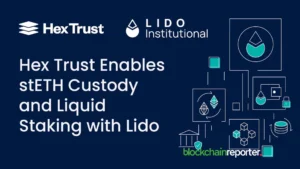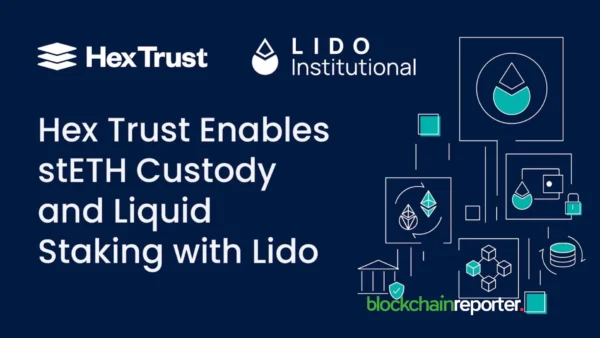
Following The Merge, which shifted Ethereum’s consensus mechanism from energy-intensive proof-of-work (PoW) to a more eco-friendly proof-of-stake (PoS) approach, the ETH supply has been reduced by over 100,000 coins. As per ultrasound.money, in the past 218 days, the total supply of ETH has decreased by 105,045 coins, presently valued at over $200 million.
Had The Merge not taken place and Ethereum continued to rely on miners instead of stakers, the supply of ETH would have grown by over 2.52 million coins, which is equivalent to $4.9 billion. Additionally, the supply of Ethereum’s native coins would have expanded annually by 3.53%.
However, after The Merge, Ethereum’s coin overall supply declined by 0.144% annually. Furthermore, ultrasound.money estimates that around $1.2 billion worth of ETH will be taken out of circulation over the same time period. Currently, the total supply of ETH stands at approximately 120,416,099 coins.
EIP-1559 Sparked the Ethereum Coin-Burning Fire
Although The Merge has certainly played a role in reducing Ethereum’s native-coin supply, it did not directly initiate the burning of ETH. The mechanism behind the coin burn was triggered by Ethereum Improvement Proposal 1559, commonly known as EIP-1559, which was implemented through the London upgrade.
About 624 days ago, in August of last year, the London upgrade of Ethereum split transaction fees into a base cost and a priority fee. The base cost is burnt, while the priority fee acts as a payment to miners, who are no longer part of the protocol. EIP-1559 was created to impose a deflationary influence on the ETH supply by burning the base fee, rendering it unusable on the network.
This, in turn, curbed inflation on the Ethereum network. However, EIP-1559 did not directly reduce the total supply of the blockchain. In fact, since the London upgrade’s launch, the total supply of Ethereum has increased by 3.21 million coins. Regarding the burning of ETH, the frequency of this action has risen since the Shapella upgrade of Ethereum, which allowed for staked ETH withdrawals just over a week ago.
Overall, this reduction in supply is a positive development for the long-term sustainability of the Ethereum network, as it encourages a deflationary model that stabilizes the market and provides security for investors. Additionally, the increased frequency of ETH coin burning since the Shapella upgrade indicates that Ethereum is on a trajectory toward a more eco-friendly, efficient, and cost-effective model.









